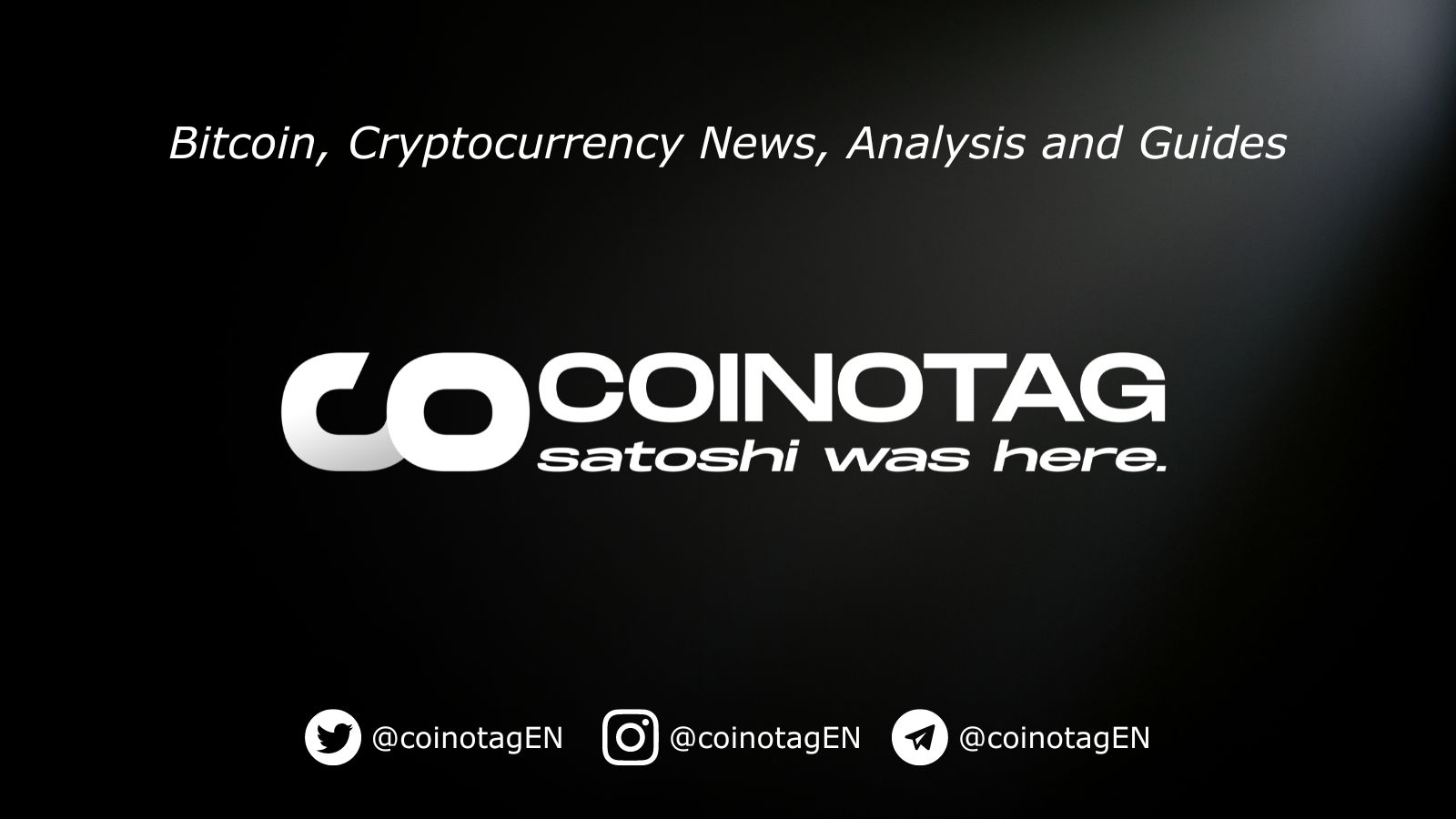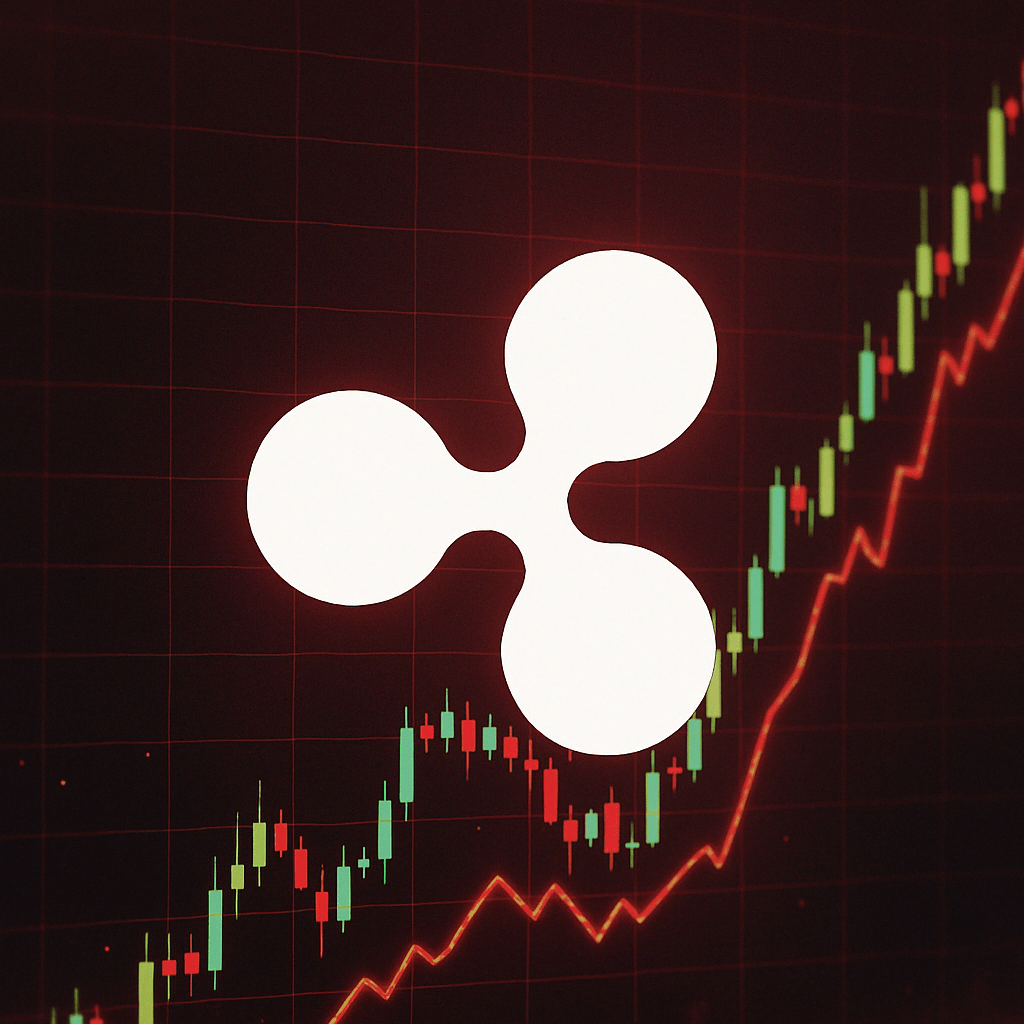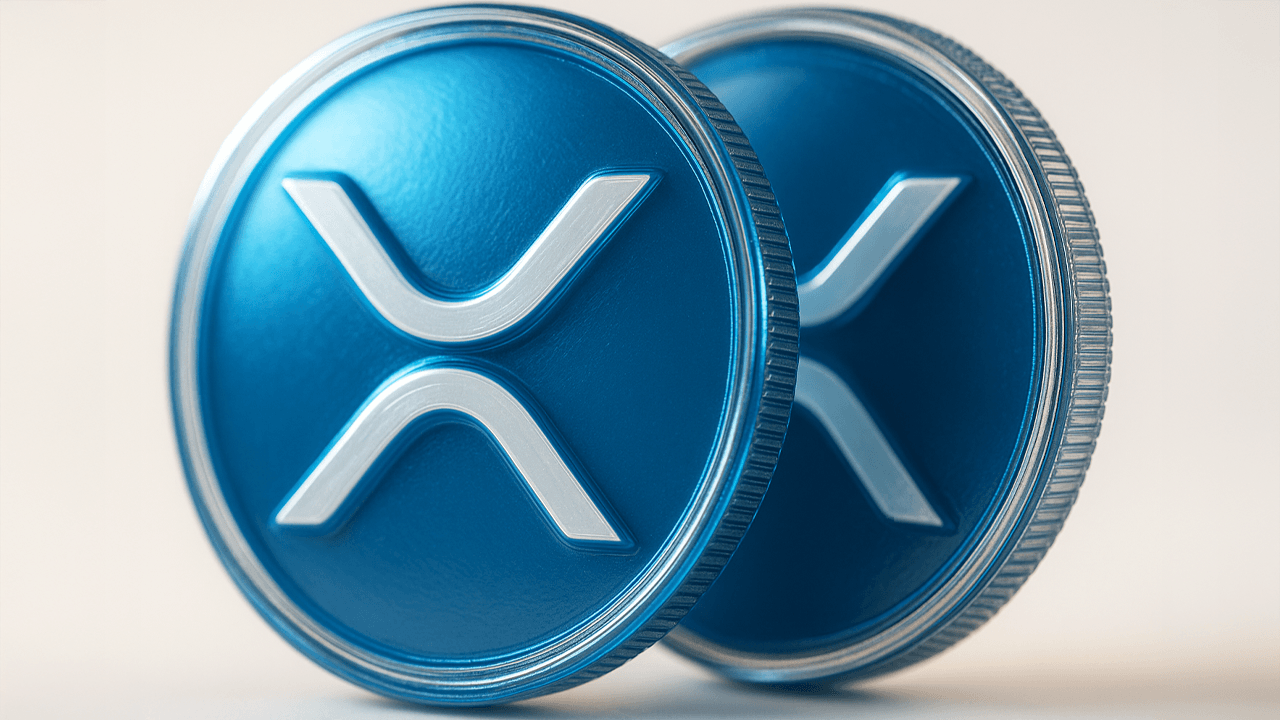
China denies nearing a trade agreement with the U.S., impacting market sentiments. The U.S. Continue Reading: China and the U.S. Tensions Intensify, Impacting Cryptocurrency Markets The post China and the U.S. Tensions Intensify, Impacting Cryptocurrency Markets appeared first on COINTURK NEWS .
CoinTurk News
You can visit the page to read the article.
Source: CoinTurk News
Disclaimer: The opinion expressed here is not investment advice – it is provided for informational purposes only. It does not necessarily reflect the opinion of BitMaden. Every investment and all trading involves risk, so you should always perform your own research prior to making decisions. We do not recommend investing money you cannot afford to lose.
Bitcoin Outperforming S&P 500 Year-to-Date Is an ‘Accomplishment,’ Says Bloomberg Analyst – But There’s a Catch

Bloomberg commodity strategist Mike McGlone says Bitcoin ( BTC ) outperforming the S&P 500 year-to-date was a success for the crypto king. In a new thread, McGlone tells his 68,800 followers on the social media platform X that the top crypto asset by market cap is surging vs stocks, which themselves could see further drawdowns if the market enters a recession. “Recovering to unchanged in 2025 as of April 23 was an accomplishment for Bitcoin vs. the S&P 500’s almost 10% decline. Yet what some see as the fastest horse in the race may face deflation. Bloomberg Intelligence’s and Economics’ outlook is for about a 30% drawdown in the US stock market in the case of a recession.” Source: Mike McGlone/X According to McGlone, the crypto asset bubble could also face the same drastic results seen during the US stock market crashes of 1929 and 2000 and the Japanese stock market crash of 1989. The analyst says digital assets may face the burdens of unlimited supply, high volatility, and being speculative in nature. “Cryptos vs. 1929 US, 1989 Japan, internet bubble cryptocurrencies in 2025 could be akin to the US stock market in 1929, Japan in 1989 and the internet bubble to its 2000 peak, with deflationary implications favoring gold and US Treasury bonds. That the much-hyped crypto space is roughly flat vs. beta for about seven years may suggest the burden of unlimited supply, volatility and speculation in a nascent technology.” Source: Mike McGlone/X However, McGlone concludes by noting that the flagship digital asset could surpass gold if stocks continue to fall. “Bitcoin and gold are both up about 42% to April 23 on a one-year basis with the S&P 500 up almost 10%. What of the next 12-months, can the crypto beat the rock if stocks fall?” BTC is trading for $93,228 at time of writing, a 1% increase during the last day. Follow us on X , Facebook and Telegram Don`t Miss a Beat – Subscribe to get email alerts delivered directly to your inbox Check Price Action Surf The Daily Hodl Mix Disclaimer: Opinions expressed at The Daily Hodl are not investment advice. Investors should do their due diligence before making any high-risk investments in Bitcoin, cryptocurrency or digital assets. Please be advised that your transfers and trades are at your own risk, and any losses you may incur are your responsibility. The Daily Hodl does not recommend the buying or selling of any cryptocurrencies or digital assets, nor is The Daily Hodl an investment advisor. Please note that The Daily Hodl participates in affiliate marketing. Featured Image: Shutterstock/T Studio/Natalia Siiatovskaia The post Bitcoin Outperforming S&P 500 Year-to-Date Is an ‘Accomplishment,’ Says Bloomberg Analyst – But There’s a Catch appeared first on The Daily Hodl . CoinTurk News

What to know about IOTA’s Rebased upgrade: deprecated Firefly wallets, changes in validator tokenomics
IOTA’s upcoming Rebased upgrade could be its most ambitious yet, replacing centralization with decentralization and unlocking smart contracts for a future-ready blockchain. On May 5, IOTA will activate Rebased , a protocol upgrade that marks the project’s most ambitious departure from its original architecture since its inception in 2015. More than just a technical milestone, Rebased appears to be a foundational pivot — one that replaces legacy components, modernizes the network stack, and reframes the network’s broader identity in the crypto landscape. Once branded as a “blockchain without blocks,” IOTA’s earlier value proposition hinged on the promise of a feeless, scalable network powered by the Tangle, a directed acyclic graph designed to process transactions in parallel rather than sequentially. But that promise came with its caveats: the project spent years shackled to a centralized Coordinator node that acted as a gatekeeper for transaction finality. Despite efforts like Coordicide, IOTA struggled to fully convince skeptics that it could deliver decentralization and developer traction at the same time. With Rebased, the developers want to change that narrative. What’s coming for IOTA The Rebased upgrade transitions IOTA to a delegated proof-of-stake model where validators are elected by token holders. With the Coordinator gone for good, network security and consensus now rest on a decentralized set of nodes, each accountable to the community. It’s the first time in IOTA’s history that the network will finalize transactions without any centralized fallback. Yet, consensus is just one layer of this overhaul. The real headline may be what’s now possible on top of IOTA’s new layer. Rebased introduces native smart contract capabilities through MoveVM, a virtual machine that runs the Move programming language originally developed by Meta for its failed Diem project. By choosing Move over Ethereum-style EVM compatibility, IOTA seems to betting on long-term sustainability over immediate compatibility. Key features of MoveVM | Source: IOTA You might also like: IOTA integrates Nansen to bring advanced on-chain analytics to users Smart contracts on IOTA will run directly on layer-1, rather than via sidechains or bridged networks like it works with Ethereum. This puts IOTA on a path to compete more directly with other layer-1 networks like Aptos ( APT ) or Sui ( SUI ), which also use Move. Transaction costs would remain near zero, while the protocol would still allow tipping validators to prioritize transactions, ensuring fair processing during sudden demand spikes that outpace gas price adjustments. “The protocol would still allow for tipping validators for prioritization, ensuring transactions can be processed fairly when demand spikes faster than the protocol can adjust gas prices.” IOTA Scalability, long touted but rarely successfully realized, also gets a practical upgrade. The Mysticeti consensus algorithm, introduced with Rebased, targets over 50,000 transactions per second with sub-second finality under normal conditions. Both Solana and IOTA’s Rebased network require similarly robust infrastructure for their validator nodes, including 24-core CPUs, 128 GB of RAM, 4 TB of storage, and 1 Gbps internet connections. What IOTA’s Rebased means for regular users For everyday users, the transition will be pretty noticeable. The Firefly wallet — once the primary interface for IOTA — will be deprecated. Users are expected to migrate to a new browser-based IOTA Wallet, designed to support the Rebased protocol natively. Moreover, the migration isn’t automatic: users must back up their Firefly wallets using stronghold files, mnemonics, or exported keys before the upgrade goes live. Anyone relying on Ledger hardware wallets will also need to manually install a new version of the IOTA Ledger app, especially since Ledger Nano S support is being sunsetted in Ledger Live. There’s also a long-awaited change in how IOTA holders interact with the network: staking. For the first time, token holders can lock up their assets to earn rewards, and more critically, to influence validator selection, introducing new economic alignment between the protocol and its participants, something IOTA has lacked until now. IOTA Rebased tokenomics | Source: IOTA The minimum staking requirement to become a validator would be set at 2 million IOTAs, with an initial cap of 150 validator seats. Validators can meet the minimum staking requirement through delegators’ stake contributions, allowing for flexibility in participation. Exchanges supporting IOTA will pause deposits and withdrawals during the upgrade window but are expected to resume shortly after the mainnet transition. Trading activity, however, should continue uninterrupted. For a project often criticized for over-promising and under-delivering, Rebased is a moment of redefinition. It turns IOTA into a decentralized, programmable, scalable layer-1 protocol with real developer tooling and economic incentives. It’s not a patch or optimization. It’s a clean break. The stakes are high: if successful, Rebased could finally turn IOTA into what it always aspired to be: a general-purpose decentralized network that competes on technical merit, not just white paper vision. And if not, the crypto space is less forgiving today than it was in 2017. Read more: IOTA announces network upgrade for more real-world adoption CoinTurk News











